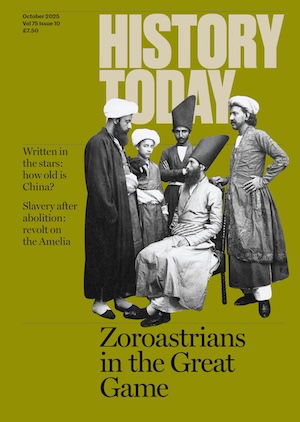What If... Philip II Had Gone to the Netherlands?
Geoffrey Parker considers the far-reaching consequences of a sudden change of plan by the king of Spain in 1567.
The Dutch Revolt lasted longer than any other uprising in European history, from 1566 to 1648; and it involved more continuous fighting than any other war of early modern times, from 1572 to 1607 (with only a six months' ceasefire in 1577) and from 1621 to 1647. The rebellion arose from the combination of two separate developments: the spread of Protestant ideas - Lutheran, Anabaptist, above all Calvinist - throughout the Netherlands despite savage persecution by the central government in Brussels; and the mounting opposition of some noble members of that central government to the policies decreed by their absentee sovereign, Philip II (r.1555-1598). Until 1559 the King had ruled from Brussels, but in that year he departed for Spain leaving his half-sister, Margaret of Parma, as his regent.





